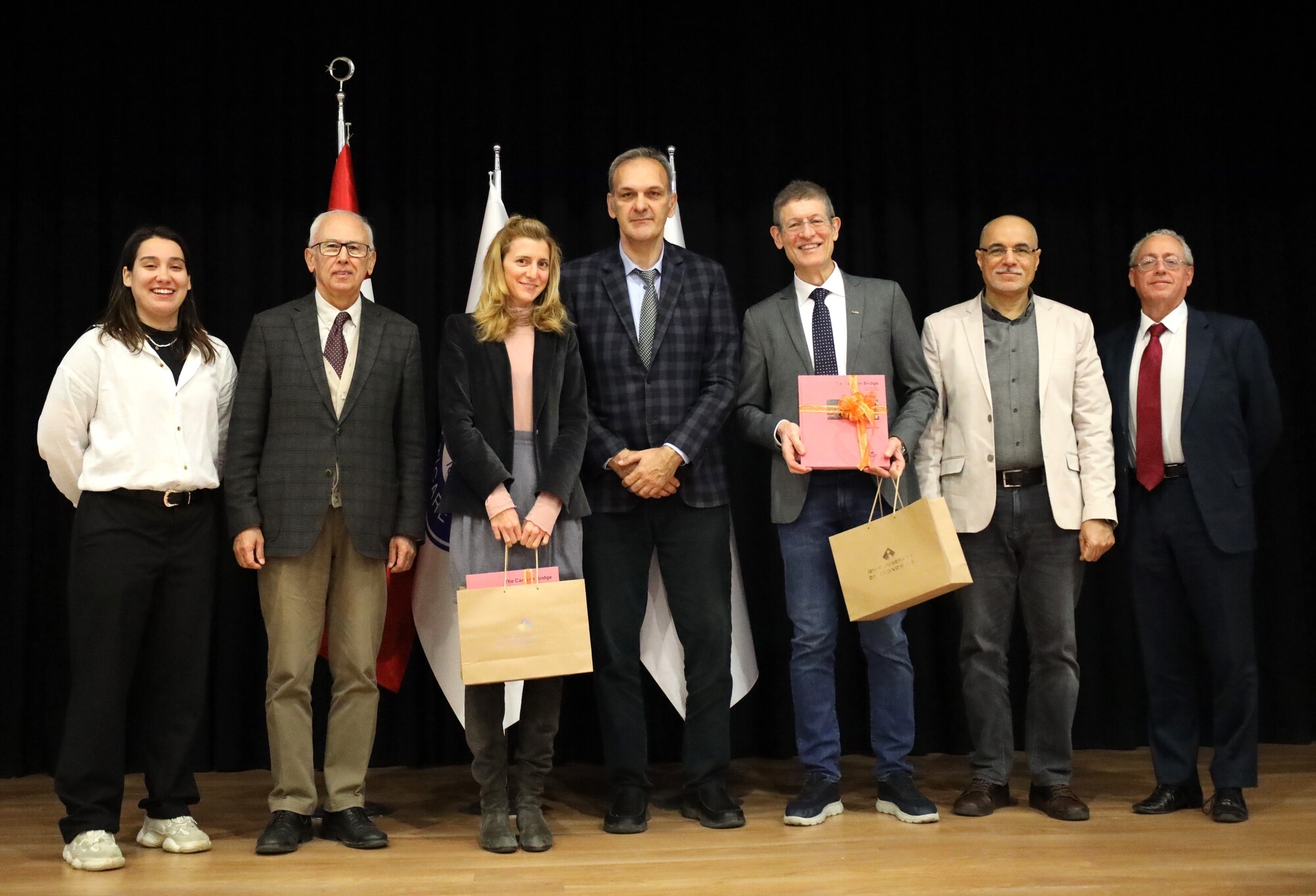
Italian National Space Day Workshop
The Italian National Space Day Workshop was successfully held on December 16, 2024, by the Aerospace Engineering Department of Izmir ...
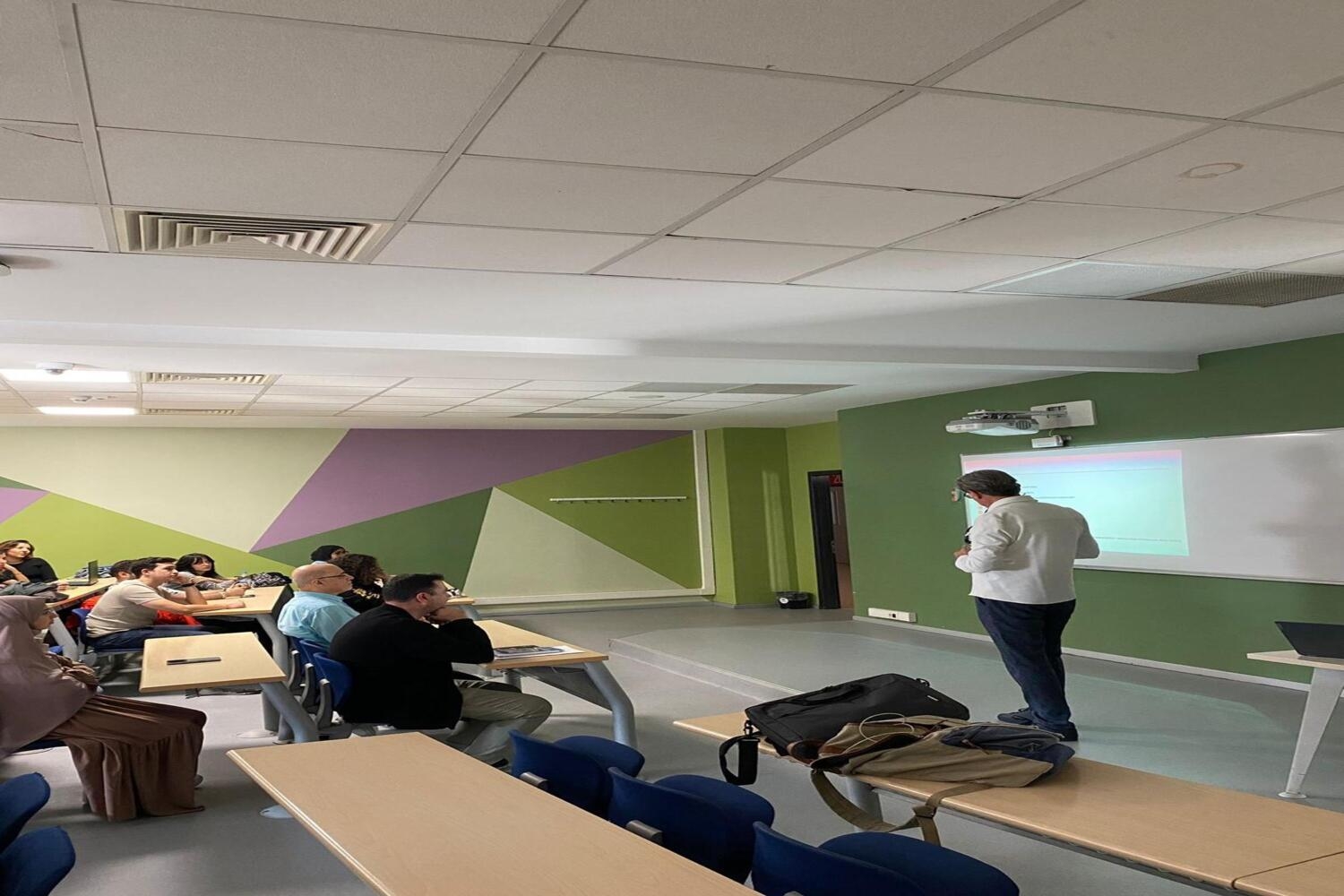
Project Management in Aerospace Seminar
Our university's Aerospace Engineering department organized a seminer called ''Project Management in Aerospace''. On Wednesday, October 30, Timur Akgül visited our ...
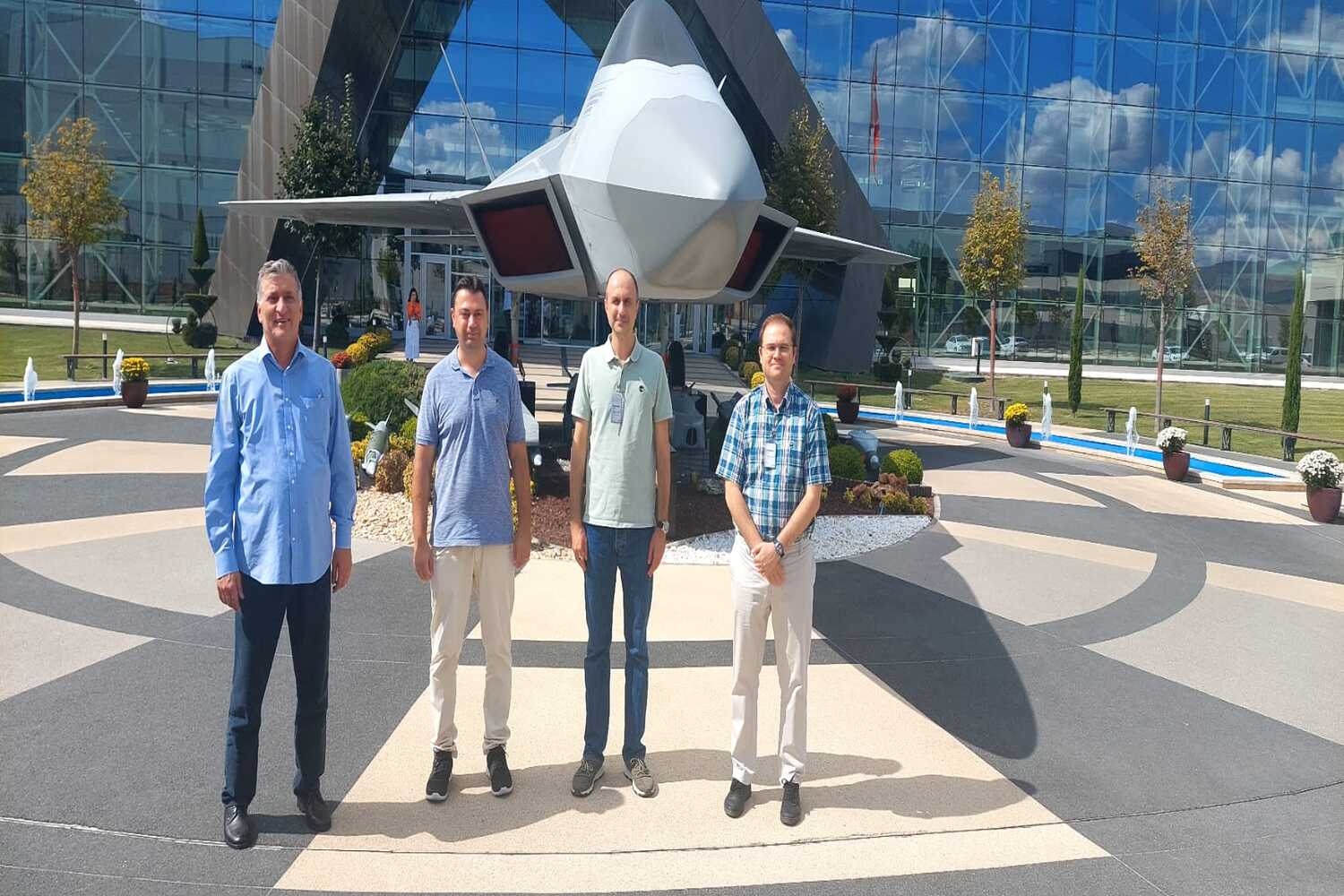
Visit of TAI
On September 20, 2024, a Technical Trip was held to TAI Aerospace Industry (TAI) by faculty members of the Aerospace ...
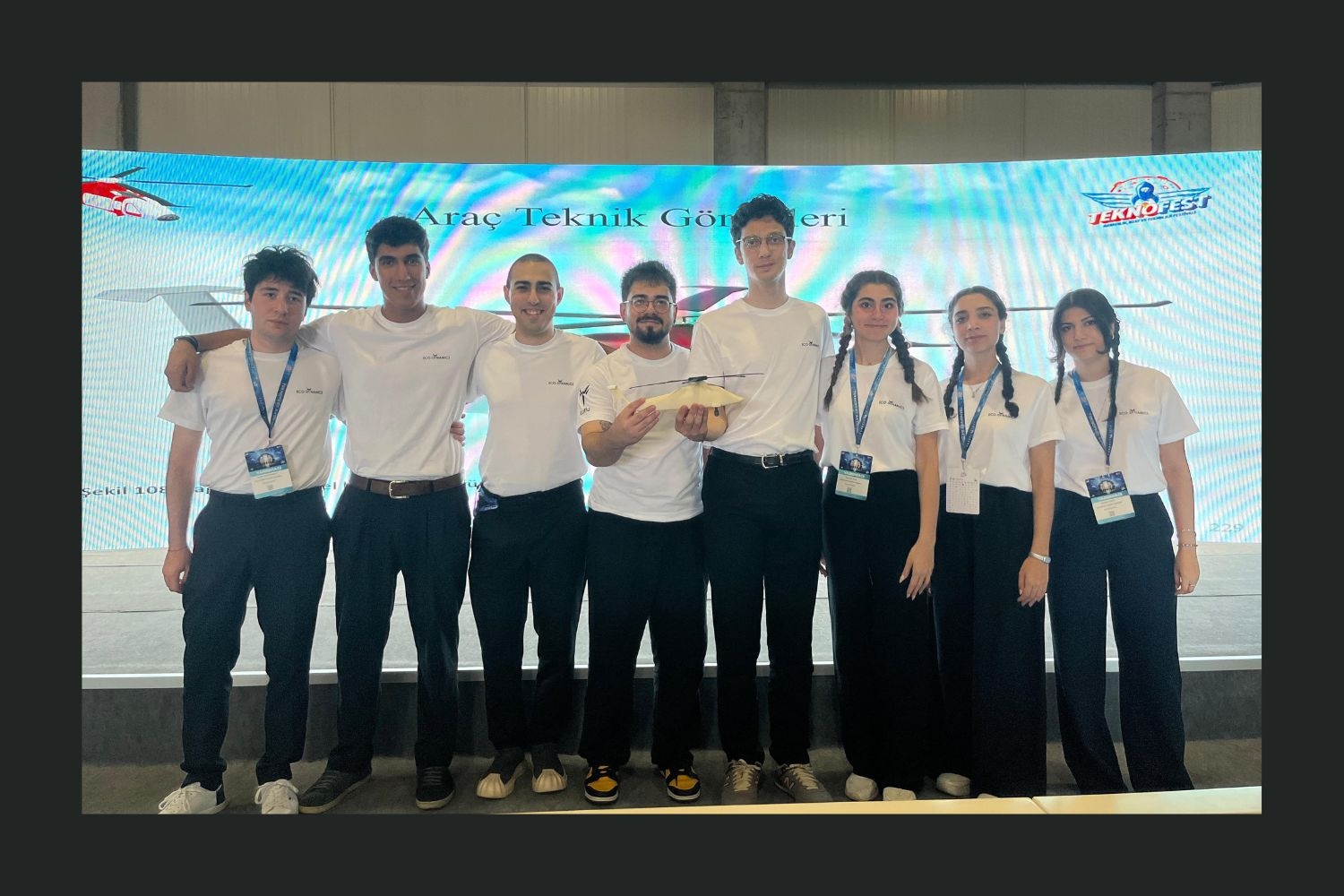
‘Çalıkuşu’ is the winner
Students of Izmir University of Economics (IUE) won first place in the Helicopter Design Competition organized within the scope of ...
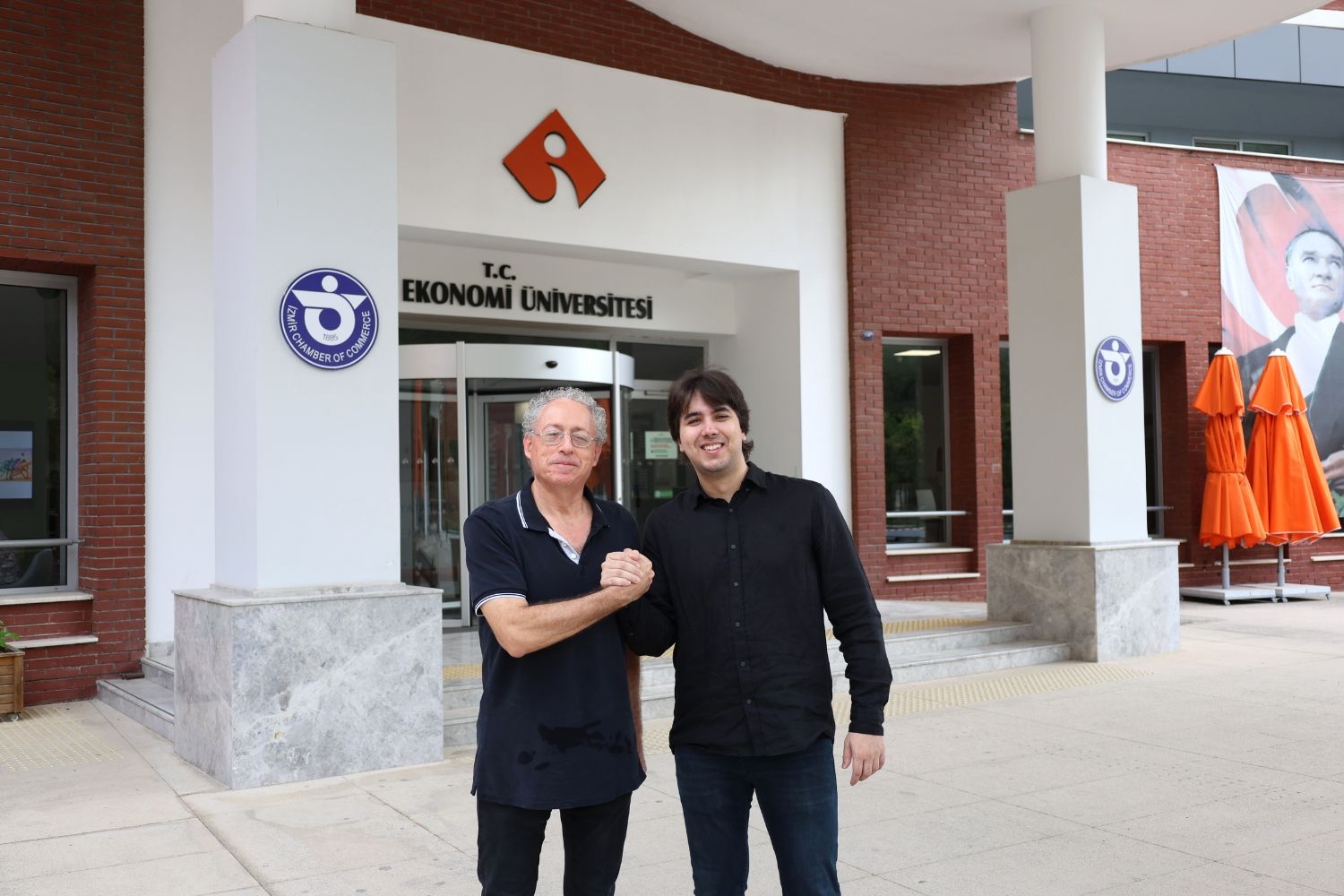
Space Education in England
Burak Köse, a graduate of the Department of Aerospace Engineering at Izmir University of Economics (IUE), has been accepted for ...
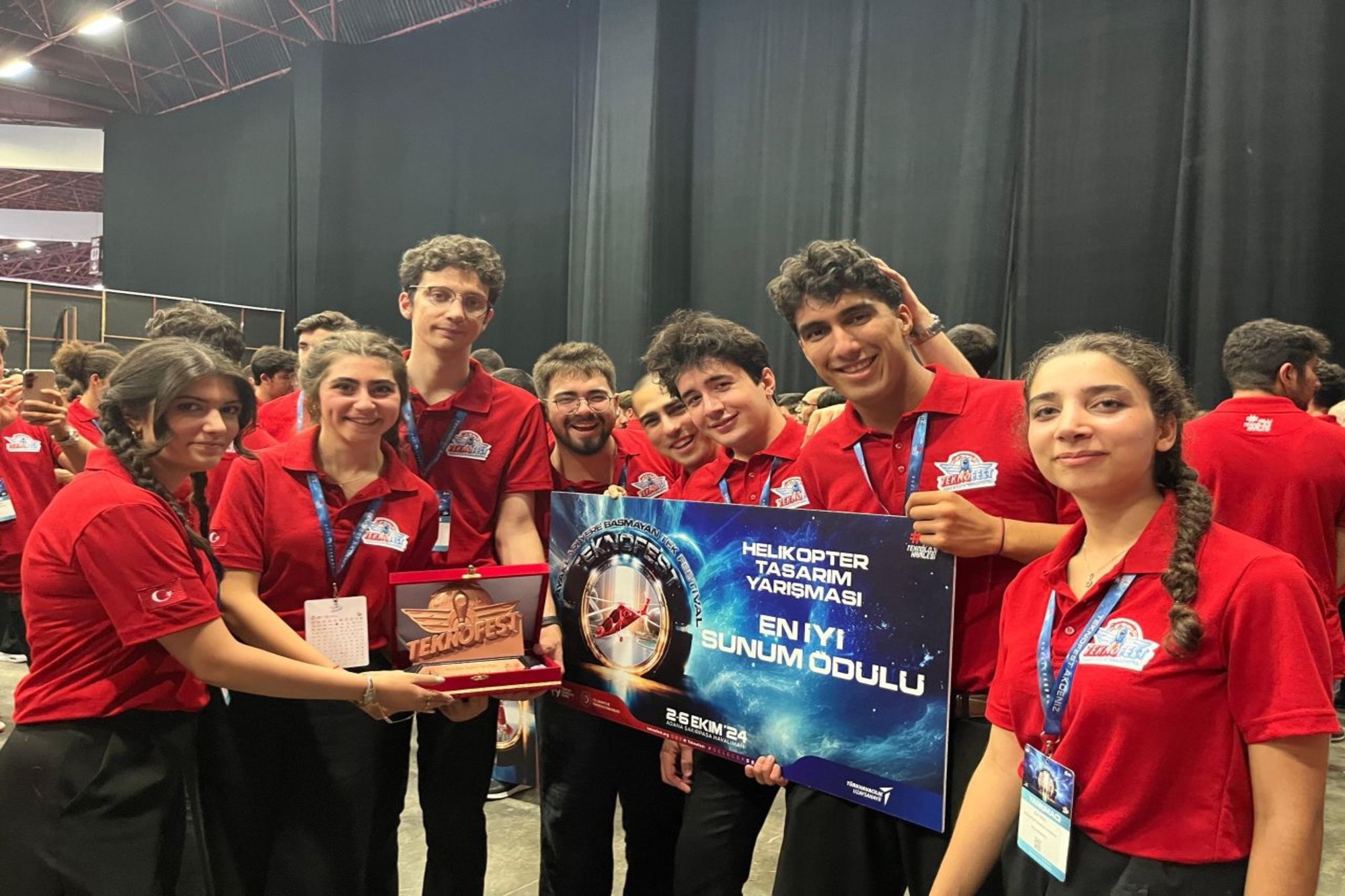
Teknofest 2024 Helicopter Design Competition
Our ECO-Dynamics team, consisting of students from the Aerospace Engineering department, was deemed worthy of the 'best presentation award' in ...
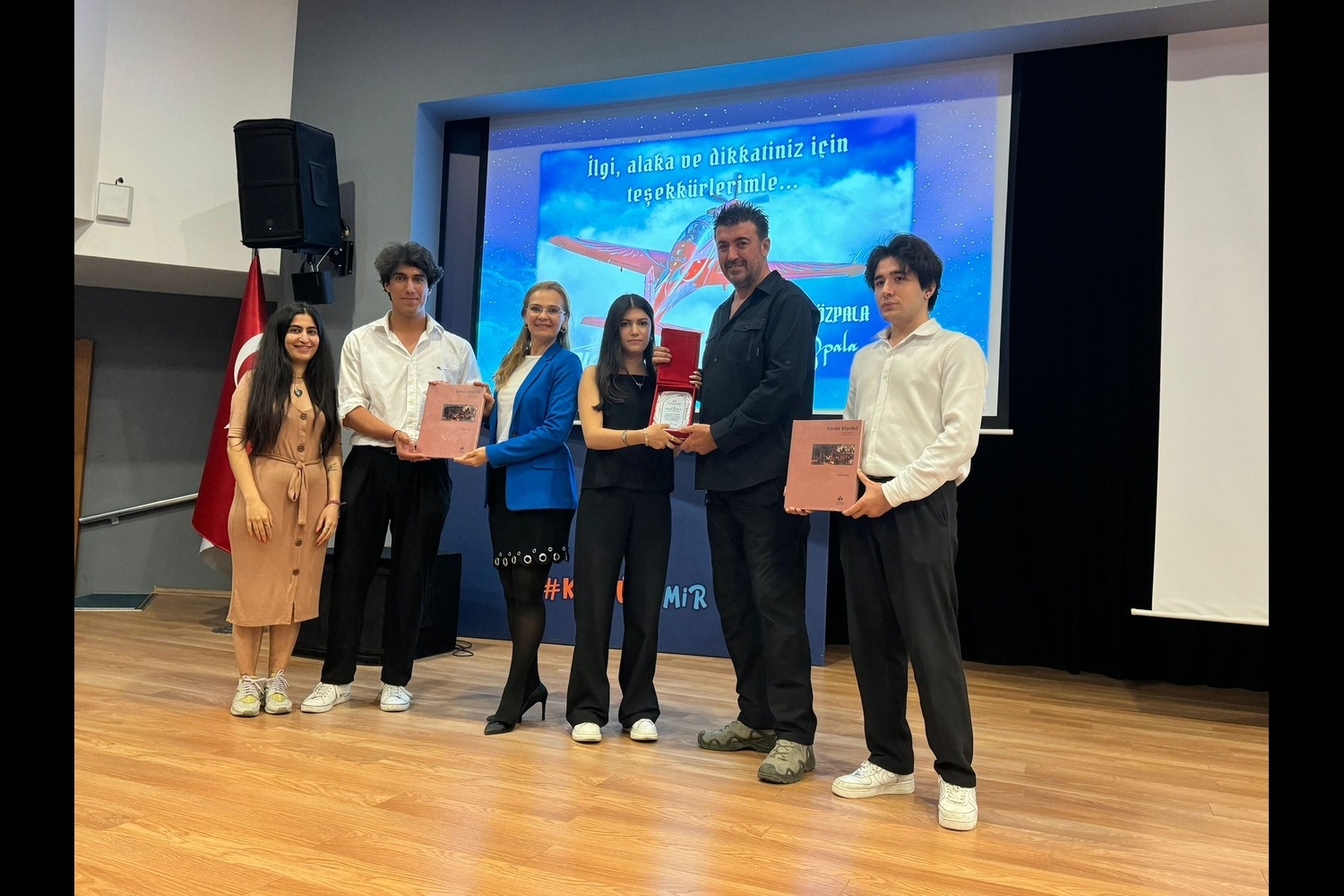
Visiting of the Murat Özpala
TAI Training Aircraft Lead Flight Test Pilot Chief Murat Özpala, who successfully carried out more than 2000 hours of experimental test ...





